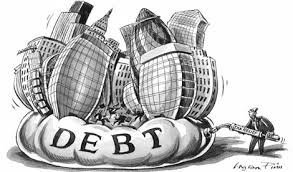Dutch Disease is the negative impact on an economy that results from an increase in revenues from exploitation and export of natural resources. As the revenues increase, the nation’s currency strengthens .
But, this results in the nation’s other products becoming less price competitive on the export market since their cost increases . The Dutch Disease also results in an increase in imports.There is also a increased demand of factors of production by the industry which is strengthening the nation’s currency. This makes the other sectors less profitable, as the price for their factors of production increases.
“The Economist” coined the term in 1977 to describe the decline of the manufacturing sector after the discovery of a large natural gas field in 1959. This happened when, in 1960, Netherlands experienced a vast increase in its wealth after discovering large natural gas deposits in the North Sea. Unfortunately, as the Dutch currency strengthened, resulting in Dutch non-oil exports more expensive and less competitive.
Click here for government certification in Accounting, Banking & Finance





6 Comments. Leave new
A very precise article. I feel that the concept, in context with India, can be related back to the British empire. Because back then, our natural resources were the target increasing little our revenues.
I didn’t know anything at all about this. Found it informative! 🙂 Good work!
Informative article.. well done
Informative!
Got something new to read 😀
I didnt know about the this 😀
It seemed a bit intersting and informative to me as well as a bit short 😀
Now that’s quite informative 🙂